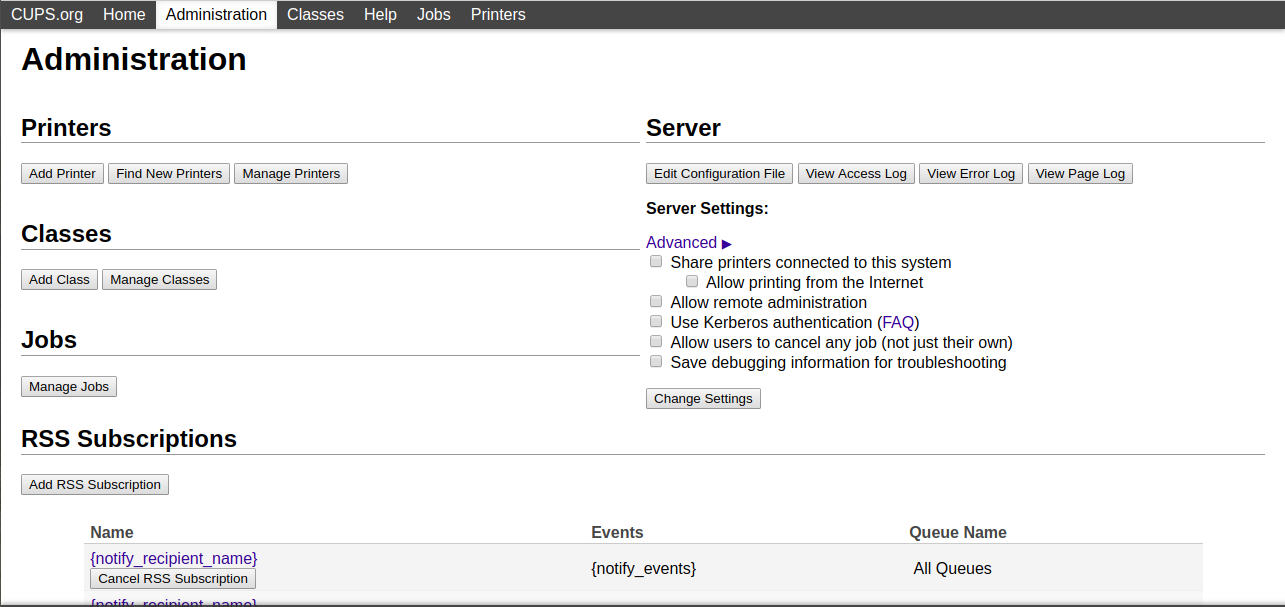cupsd command in Linux with examples
Last Updated :
15 May, 2019
cupsd is a type of scheduler for CUPS (Common Unit Printing System). It implements the printing system on the basis of the Internet Printing Protocol(Version 2.1). If no options is being specified on the command-line then the default configuration file /etc/cups/cupsd.conf will be automatically be used.
Installation:
To install the CUPS in your Linux machine, simply use the sudo command with the apt. A complete CUPS package installation has many package dependencies, but they can all be specified on the same command line. Enter the following command on the terminal:
sudo apt install cups
Once authenticated with your username and password, the packages must be downloaded and installed without error. As the conclusion of the installation, the CUPS server will be going to start automatically by default.
Syntax:
cupsd [ -c config-file ] [ -f ] [ -F ] [ -h ] [ -l ] [ -t ]
Options:
- cupsd -c config-file: This option uses the named configuration file.
- cupsd -f: This option runs cupsd in the foreground. The default is to run in the background as a “daemon”.
- cupsd -F: This option runs cupsd in the foreground but detaches the process from the controlling terminal and also from the current directory. This is very useful for running cupsd from init.
- cupsd -h: This option shows the program usage.
- cupsd -l config-file: This option passed to cupsd when it is being run from launchd or systemd command.
- cupsd -t: This option tests the configuration file for syntax errors.
- cupsd command with help option: It will print the general syntax of the command along with the various options that can be used with the cupsd command as well as gives a brief description about each option.
Example:

Web Interface: CUPS can be easily configured and can be monitored using a web interface, which is by default available at http://localhost:631/admin. The web interface can be used to perform all the printer management tasks.

In order to perform the administrative tasks through the web interface, you must either have the root account enabled on your server, or you need to authenticate as a user in the lpadmin group. For security reasons, CUPS by default won’t authenticate a user that doesn’t have a password.
To add a user to the lpadmin group, run at the following command in your terminal prompt:
sudo usermod -aG lpadmin username
Examples:
- Run the cupsd in the background with all the default configuration file:
cupsd
- Test a configuration file known to be test.conf:
cupsd -t -c test.conf
- Run cupsd command in the foreground with a test configuration file known to be test.conf:
cupsd -f -c test.conf
Like Article
Suggest improvement
Share your thoughts in the comments
Please Login to comment...